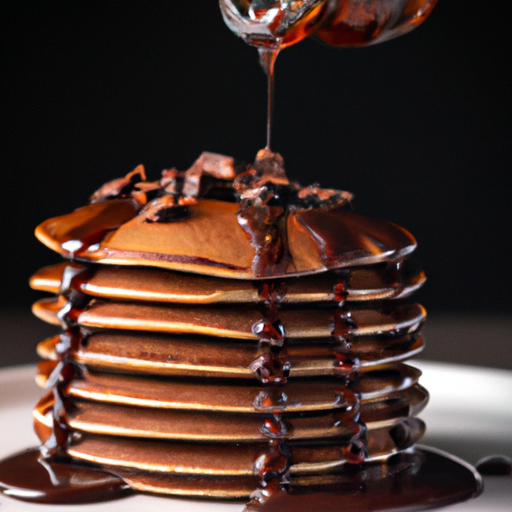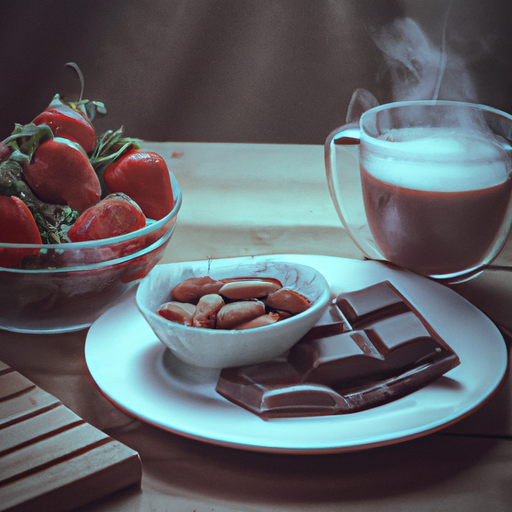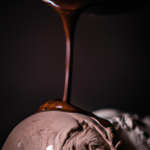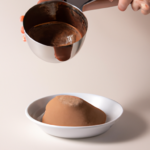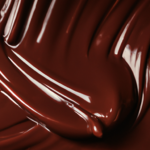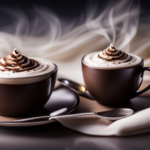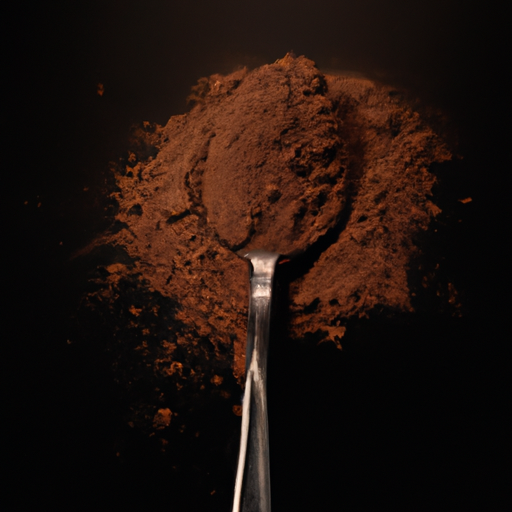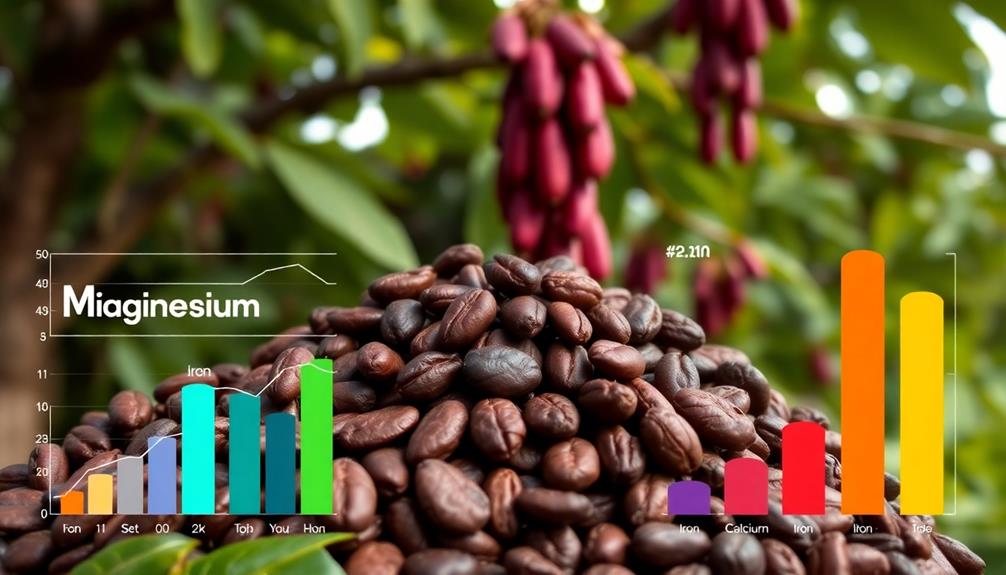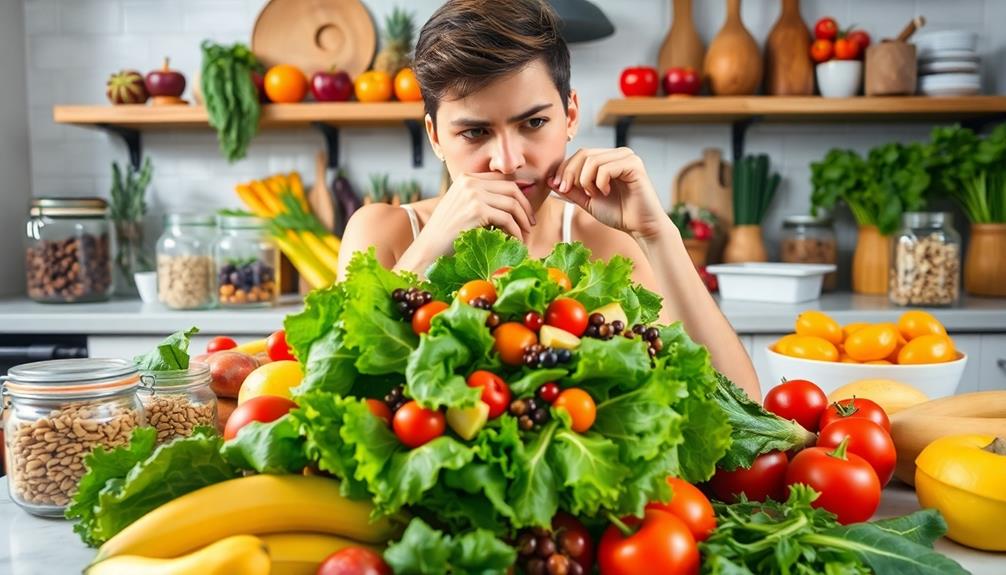I recall the initial moment I experienced the decadent, smooth delight of raw cacao syrup. It felt like a celebration in my mouth, as each bite was filled with a bold chocolate taste. If you share my passion for chocolate, then you are in for a delightful surprise.
In this article, I’ll show you how to make your own homemade cacao syrup that will take your desserts, drinks, and even breakfast to a whole new level of deliciousness.
Using only a handful of ingredients and a few simple steps, you’ll be able to create a luscious syrup that will elevate any recipe. From drizzling it over pancakes or ice cream to mixing it into your morning coffee or smoothie, the possibilities are endless.
So, gather your ingredients, melt the cacao butter, add cacao powder and sweetener, stir until smooth, and don’t forget to add a pinch of salt for that perfect balance of flavors. Optional flavorings can be added to customize your syrup to your liking.
Once it’s cooled, store it in a jar or bottle, and get ready to experience the joy of homemade cacao syrup. Trust me, your taste buds will thank you.
Key Takeaways
- Homemade cacao syrup is a delicious and beneficial option.
- It is rich in antioxidants and minerals like magnesium and iron.
- Cacao syrup can boost mood and improve heart health.
- Making raw cacao syrup at home combines taste and health benefits.
Gather Your Ingredients
Now that you’ve gathered all of your ingredients, it’s time to move on to the next step in making your exquisite raw cacao syrup.
When it comes to choosing sweeteners for your syrup, there are a few options to consider. You can use natural sweeteners like maple syrup or honey for a healthier alternative, or opt for traditional granulated sugar if you prefer a more classic taste.
If you’re looking to adjust the sweetness level, start by adding small amounts of sweetener and taste as you go. This will allow you to find the perfect balance that suits your preference. Don’t be afraid to experiment and adjust accordingly.
With your sweetener chosen and adjusted to your liking, it’s time to melt the cacao butter for the next step.
Melt the Cacao Butter
To start, melt the creamy cacao butter until it becomes a smooth and velvety liquid. This is an important step as melted cacao butter has various uses in the kitchen. It can be used to make homemade chocolate bars and create decadent desserts. To effectively melt cacao butter, use gentle heat. Place the cacao butter in a heatproof bowl and set it over a pot of simmering water. Stir occasionally until the butter completely melts and becomes glossy. Be careful not to overheat the cacao butter as it can affect the flavor and texture. Once the cacao butter is melted, you can move on to the next step of adding cacao powder and your preferred sweetener to create a rich and flavorful syrup.
Add Cacao Powder and Sweetener
To create a delectable concoction, you’ll want to blend in some luscious cacao powder and your preferred sweetener. This will infuse the melted cacao butter with a burst of rich flavor and a touch of irresistible sweetness.
There are various types of sweeteners that work well in cacao syrup, such as honey, maple syrup, or agave nectar. These sweeteners add depth and complexity to the syrup, enhancing its chocolaty goodness.
Once you’ve added the cacao powder and sweetener to the melted cacao butter, stir until smooth. This velvety syrup can be used in a multitude of recipes. It’s perfect for drizzling over pancakes or waffles, and it can also be incorporated into desserts like brownies or chocolate mousse.
The versatility of this ingredient allows it to add a decadent touch to any dish. Now, let’s move on to the next step and stir until smooth.
Stir Until Smooth
Smoothly stir the mixture until it becomes a silky, sumptuous syrup. Stirring is the traditional method for achieving a smooth consistency in cacao syrup, but there are alternatives to consider. One option is using a blender or food processor to mix the ingredients together. This can help break down any lumps and create a smoother texture. Another tip is to use warm liquid, such as hot water or milk, instead of cold. The heat can help dissolve the cacao powder and sweetener more easily, resulting in a smoother syrup. Additionally, letting the mixture sit for a few minutes before stirring can allow the ingredients to meld together naturally, reducing the need for excessive stirring. By incorporating these alternatives and tips, you can achieve a velvety smooth cacao syrup without relying solely on stirring. Now, let’s move on to the next step: adding a pinch of salt.
Add a Pinch of Salt
As you sprinkle just a pinch of salt into the mixture, the flavors come alive, like a gentle wave crashing against the shore. The addition of salt enhances the sweetness of the cacao syrup, creating a perfect balance of flavors. Not only does it elevate the taste, but it also brings out the richness of the raw cacao.
Here are five different ways to use cacao syrup in recipes:
- Drizzle it over pancakes or waffles for a decadent breakfast treat.
- Stir it into hot milk for a luxurious hot chocolate.
- Add a splash to your coffee for a mocha twist.
- Use it as a topping for ice cream or yogurt for a delightful dessert.
- Mix it into your favorite smoothie recipe for a healthy and indulgent boost.
Adding salt to sweet recipes like cacao syrup can surprise your taste buds and amplify the overall flavor profile.
Now, let’s move on to the next section where we explore optional flavorings for your homemade cacao syrup.
Optional: Add Flavorings
After adding a pinch of salt to the raw cacao syrup, it’s time to take it to the next level with optional flavorings. This is where you can get creative and experiment with different flavor combinations to customize your syrup to your liking. By enhancing the syrup with natural extracts and spices, you can create a unique and delicious flavor profile that will elevate your recipes.
To help you get started, here is a table with some flavor ideas to inspire you:
| Flavorings | Extracts | Spices |
|---|---|---|
| Vanilla | Almond | Cinnamon |
| Mint | Orange | Nutmeg |
| Coconut | Raspberry | Cardamom |
Feel free to mix and match or even create your own combinations. Once you’ve added your desired flavorings, it’s time to let the syrup cool, allowing the flavors to meld together and intensify.
Let the Syrup Cool
Once you’ve added your desired flavorings, simply let the syrup cool and watch as the aromatic scents mingle and dance in a tantalizing symphony. The cooling process is crucial for achieving the perfect syrup consistency. As the syrup cools, it thickens and becomes more viscous, allowing it to coat and enhance any dish or beverage.
The cooling time can vary depending on the room temperature, but typically it takes around 30 minutes to an hour for the syrup to cool completely. During this time, you can prepare a jar or bottle to store the syrup, ensuring it is clean and dry.
Once the syrup has reached the desired temperature, carefully pour it into the prepared container, ready to be used whenever you crave the rich and indulgent flavors of raw cacao.
Store in a Jar or Bottle
To store your homemade chocolate syrup, simply transfer it into a clean and dry jar or bottle. This will help preserve its freshness and flavor for an extended period. You can use any type of jar or bottle that has a tight-fitting lid to prevent air from entering.
When storing the syrup, make sure to label it with the date of preparation, so you can keep track of its shelf life. Additionally, it’s essential to store the syrup in a cool, dark place, like a pantry or cupboard, away from direct sunlight and heat sources. This will ensure that the syrup maintains its quality and doesn’t spoil quickly.
Now that your homemade cacao syrup is safely stored, let’s move on to the next section to learn how to enjoy it to the fullest.
Enjoy Your Homemade Cacao Syrup
Indulge in the decadent pleasure of your homemade cacao syrup. Savor each velvety spoonful as it dances on your taste buds like a rich symphony of chocolatey bliss.
Now that you have your delicious syrup, let’s explore some exciting ways to use it.
- Drizzle it over pancakes, waffles, or ice cream for a delightful twist.
- Add a dash to your morning coffee or hot chocolate for an indulgent treat.
- Use it as a topping for desserts like brownies or cheesecake.
Not only does cacao syrup add a burst of flavor to your dishes, but it also offers several health benefits. Packed with antioxidants and minerals like magnesium and iron, cacao syrup can boost your mood, improve heart health, and enhance brain function.
So go ahead, enjoy your homemade cacao syrup and experience the deliciousness and goodness it brings.
Frequently Asked Questions
Can I use regular butter instead of cacao butter?
No, regular butter cannot be used as a substitute for cacao butter in making raw cacao syrup. Cacao butter is essential for its distinct flavor and smooth texture, which regular butter cannot replicate.
How long does it take for the syrup to cool down?
The cooling time for the homemade cacao syrup varies, but it usually takes around 1-2 hours. It’s important to let it cool completely before storing it in an airtight container in the refrigerator. This ensures the syrup maintains its consistency.
Can I use any type of sweetener in the recipe?
Yes, you can use alternative sweeteners in the recipe for raw cacao syrup. They can add a unique flavor and have health benefits, such as being lower in calories or having a lower glycemic index.
How long can I store the homemade cacao syrup?
The homemade cacao syrup can be stored for up to 2 weeks in an airtight container in the refrigerator. It is important to follow proper storage recommendations to maintain its quality and prolong its shelf life.
Can I use this syrup in baking recipes?
Yes, you can definitely use this syrup in baking recipes. It adds a rich and intense chocolate flavor to your desserts. It can also be used as a topping or drizzle on ice cream, pancakes, or waffles for alternative uses and flavor combinations.
Can I Use Raw Cacao Syrup in My Raw Cacao Drink Recipe?
Yes, you can use raw cacao syrup in your prepare raw cacao drink recipe. It will add a rich and decadent flavor to your beverage. Simply adjust the amount of syrup based on your desired sweetness level. Enjoy the indulgent taste of raw cacao in your favorite drink.
Conclusion
In conclusion, making your own raw cacao syrup is a simple and rewarding process. By combining cacao butter, powder, and sweetener, you can create a smooth and delicious syrup that can be used in various recipes.
Just like a warm hug on a chilly day, this homemade syrup will comfort your taste buds with its rich and indulgent flavor.
So why not give it a try and add a touch of homemade magic to your desserts and beverages?

